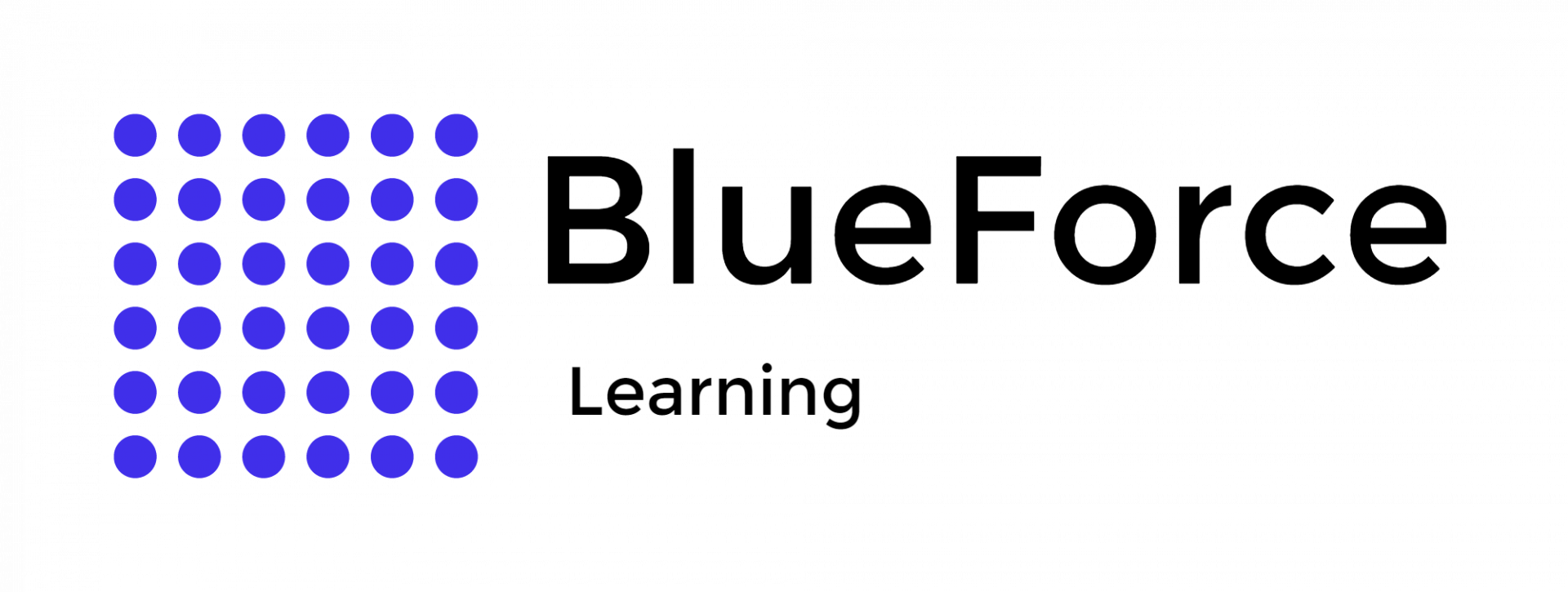In the modern information age, data visualization techniques are taking center stage in various fields, and law enforcement is no exception. By employing these methods, authorities can enhance their understanding, identify trends, and make more informed decisions.
Data visualization methods involve using Microsoft Excel to represent complex data in a visually engaging and easily understandable way. It includes the creation of charts, graphs, and other visual aids that help in data analysis and visualization with Excel - enabling data-driven policing strategies in law enforcement.
Some common types of data visualizations in Microsoft Excel include bar graphs, line charts, pie charts, scatter plots, heat maps, donut charts, bubble charts, histograms, area charts, and waterfall charts.
Law enforcement professionals can master the use of all these techniques by investing in
Law Enforcement Training Programs that provide comprehensive Excel mastery.
The ability to interpret and react to data quickly and efficiently is paramount in contemporary law enforcement. With ever-growing datasets, police officers and other law enforcement personnel need tools to examine and convert vast information into understandable and actionable insights.
According to
Dante Vitagliano, "Data visualization is the language of decision-making. Good charts effectively convey information. Great charts enable, inform, and improve decision-making." Furthermore, with
Excel data visualization, law enforcement officers can reduce crime efficiently.
Following are some ways in which the data visualization capabilities of Excel can assist law enforcement:
By plotting crime rates over time using line or bar graphs, law enforcement departments can identify patterns, seasonal fluctuations, or increases in particular criminal activities. Such visual aids help allocate resources more effectively, anticipate crime waves, and strategize preventive measures.
Heat maps can illuminate areas with high crime concentrations and enable law enforcement to recognize hot spots. When officers can visually see areas with a high density of incidents, they can allocate patrol units more effectively and engage in proactive policing in those zones.
Pie and donut charts can help visualize the distribution of resources – personnel, budget, or equipment. It can help law enforcement agencies identify areas of potential undersupply or oversupply. For instance, a pie chart can quickly depict a department's budget divided among different units or operations.
Using Excel's timeline feature, detectives and investigators can chronologically map out significant events in a case. It helps ensure that no detail is overlooked and aids in presenting the sequence of events in court.
Law enforcement departments can use the data visualization techniques of scatter plots and trend lines for forecasting by plotting past incidents and drawing trend lines to forecast where and when future crimes might occur based on historical data.
Waterfall charts in
Excel for Law Enforcement are used to visualize the cumulative effects of sequential values. These charts offer a brief way to track the progress of long-term law enforcement projects and initiatives, such as a multi-phase crime reduction strategy. It enables a comprehensive view of incremental achievements and supports informed decision-making in crime control.
Law enforcement can present community crime statistics transparently by analyzing and visualizing data with Excel. This approach aids law enforcement professionals in understanding the crime scenario better, builds trust, and enhances collaboration between the police and the communities they serve to enhance public relations.
Integrating charts and other data visualization techniques into dashboards through Microsoft Excel enables law enforcement agencies to track key performance metrics effectively. This tracking ensures that strategic objectives are met and operational standards are maintained to promote organizational excellence.
Collaborative policing efforts with other agencies and organizations can be efficiently coordinated with Excel's data visualization capabilities. This is vital for collaboration as sharing visualizations enhances understanding, alignment, and execution of joint initiatives to address widespread issues with combined expertise.
Through these diverse applications, data visualization techniques in Excel are an essential partner in modern law enforcement as they aid in everything from daily operations to strategic planning and community engagement.
These techniques promise a more sophisticated, data-driven approach that promises to revolutionize law enforcement operations, making
Understanding Excel Data Visualization and its techniques essential for law enforcement agencies for strategic policing.
In the evolving landscape of modern policing, integrating data visualization tools like Microsoft Excel has become essential for strategic and proactive crime control. Blue Force Learning's courses offer a pathway for law enforcement professionals to utilize the power of these tools effectively.
With hands-on experience and lifelong learning, our
Crime Analyst Certification program helps professionals in every law enforcement field to uphold data-based policing. By embracing these technological advancements, law enforcement agencies can elevate their ability to analyze, understand, and respond to crime.
Join our courses and build a safer community with data-driven law enforcement practices.


